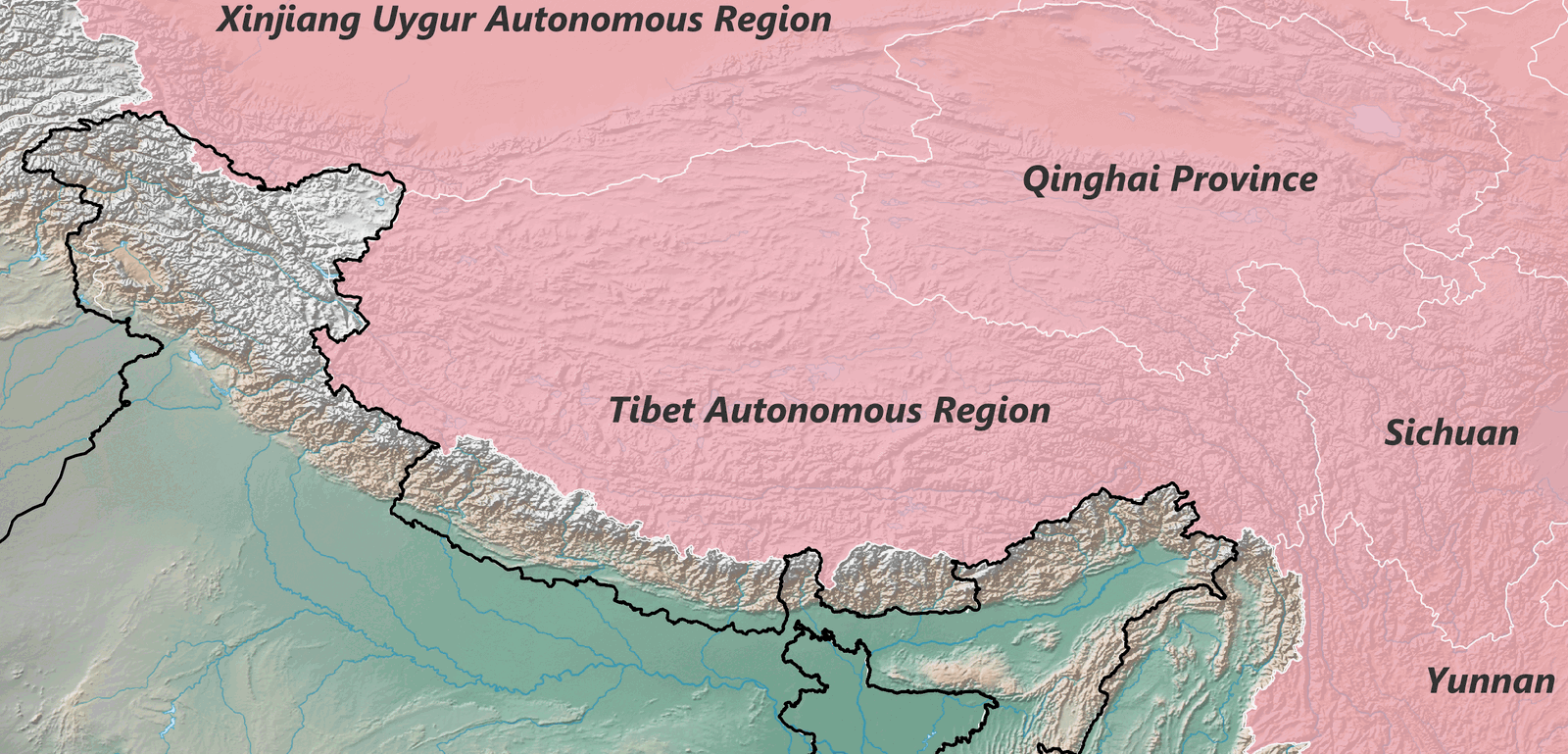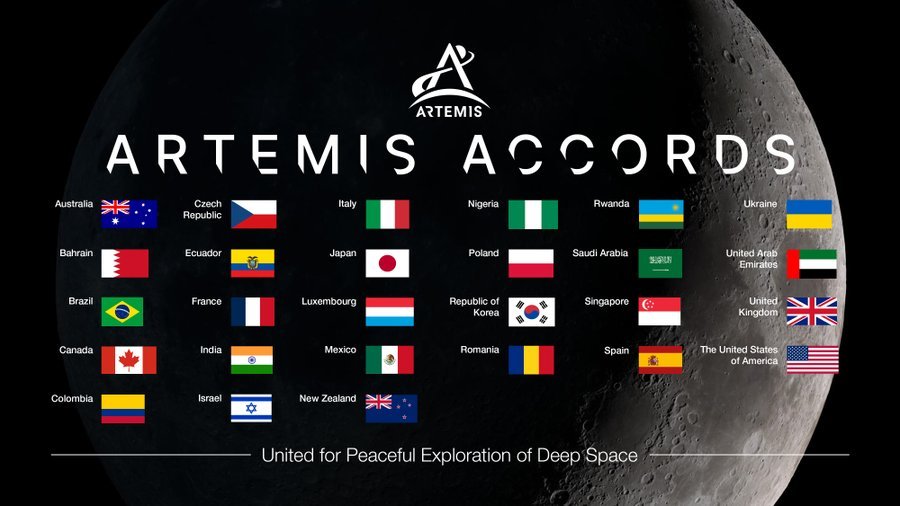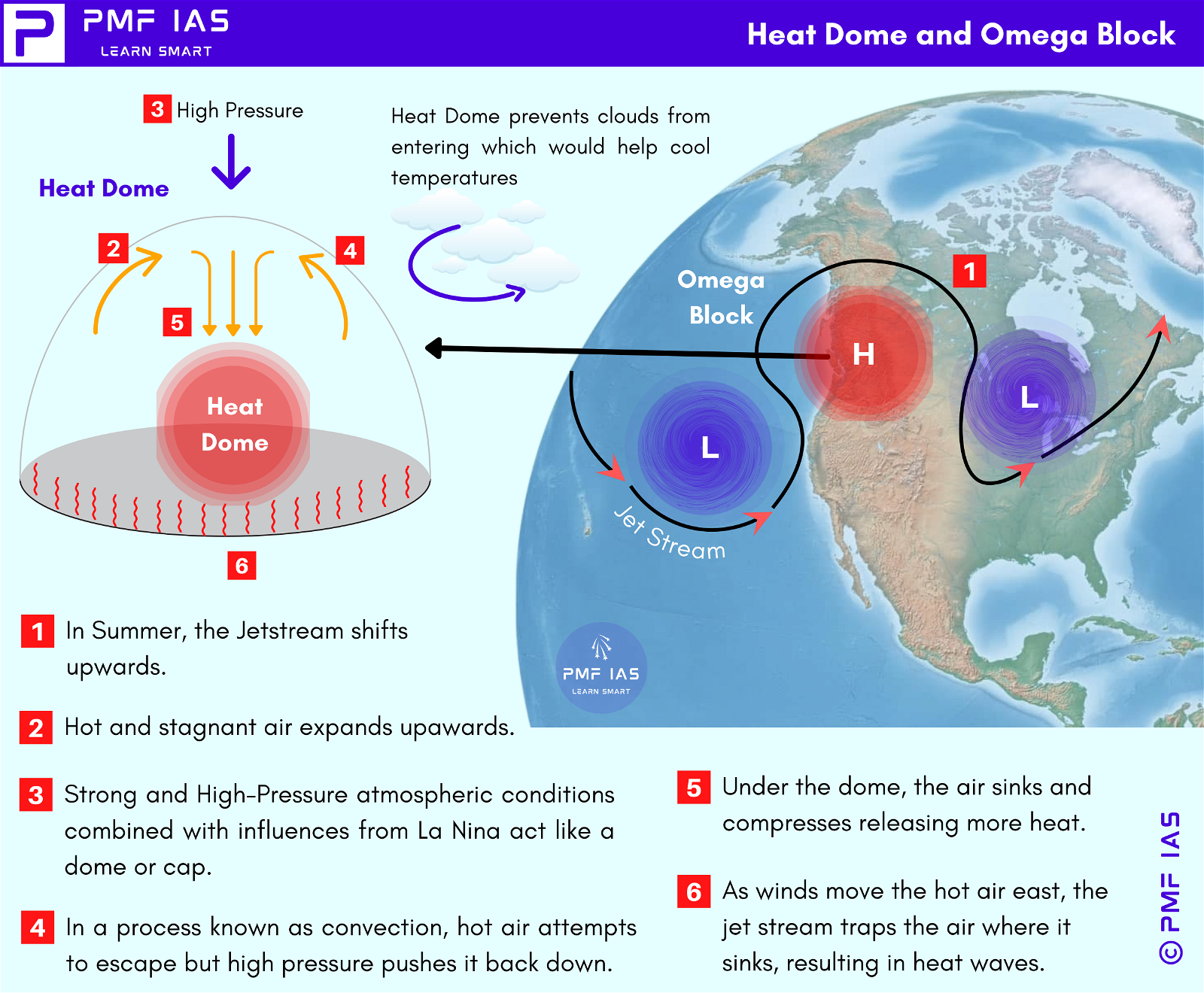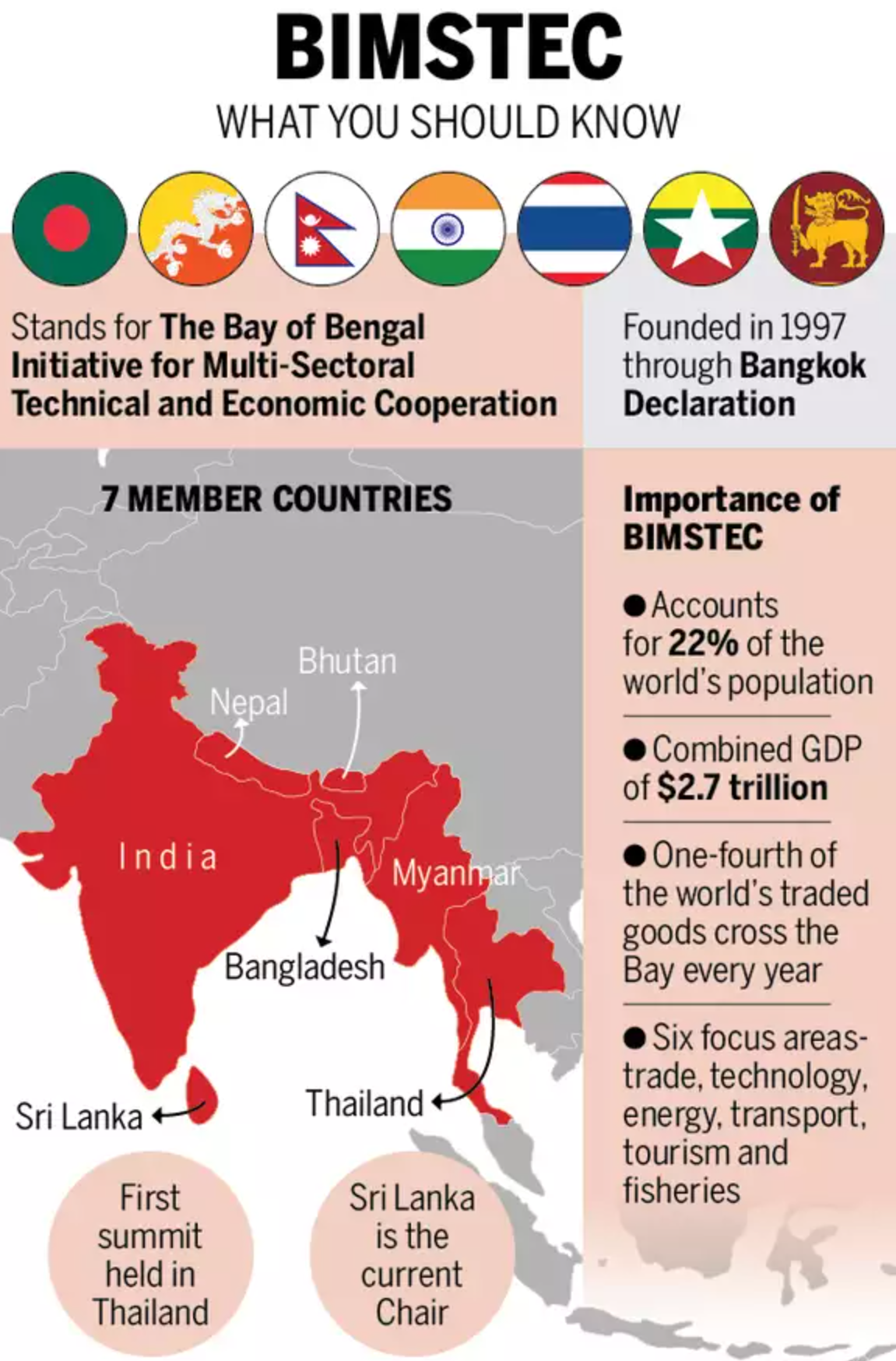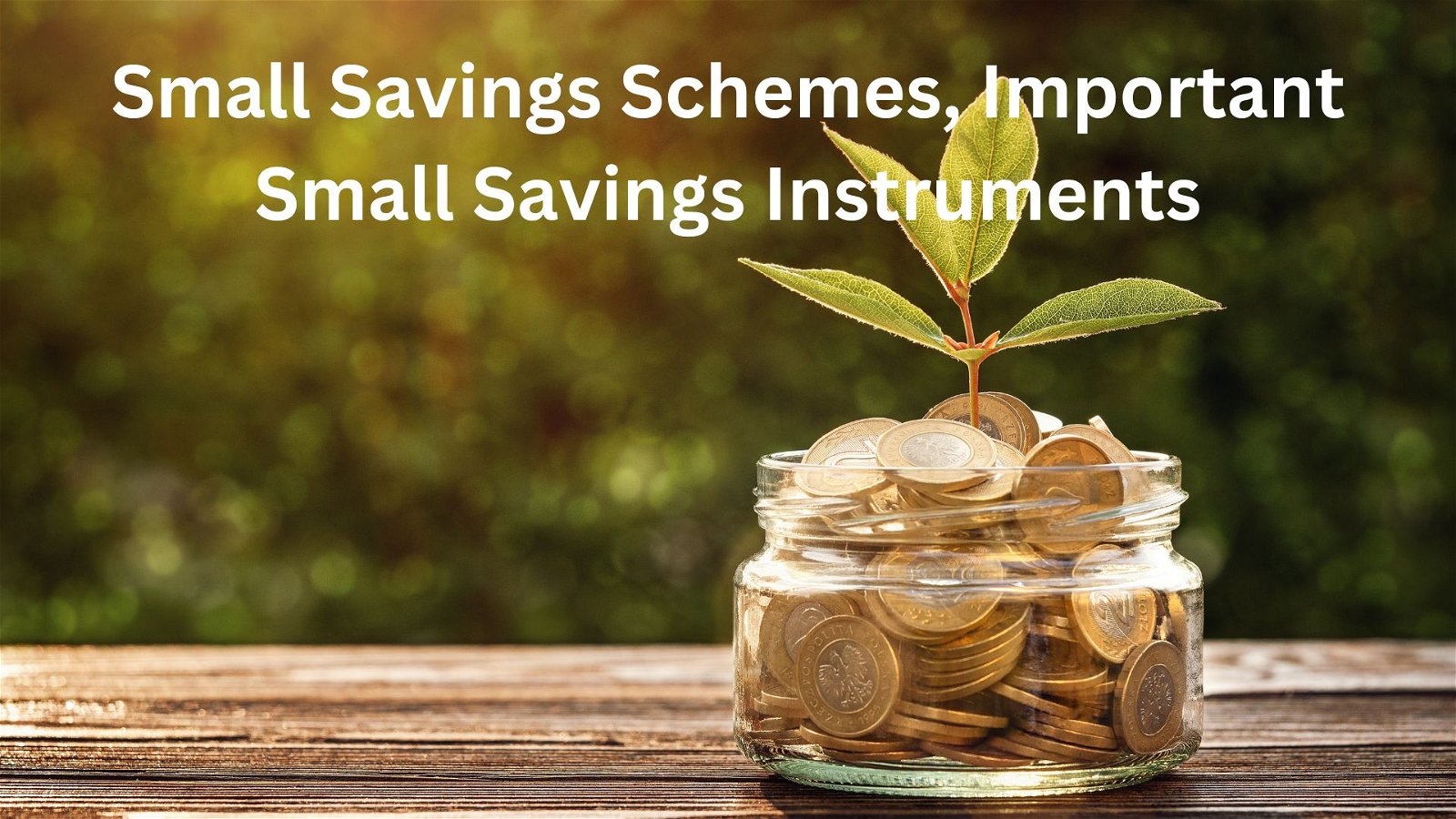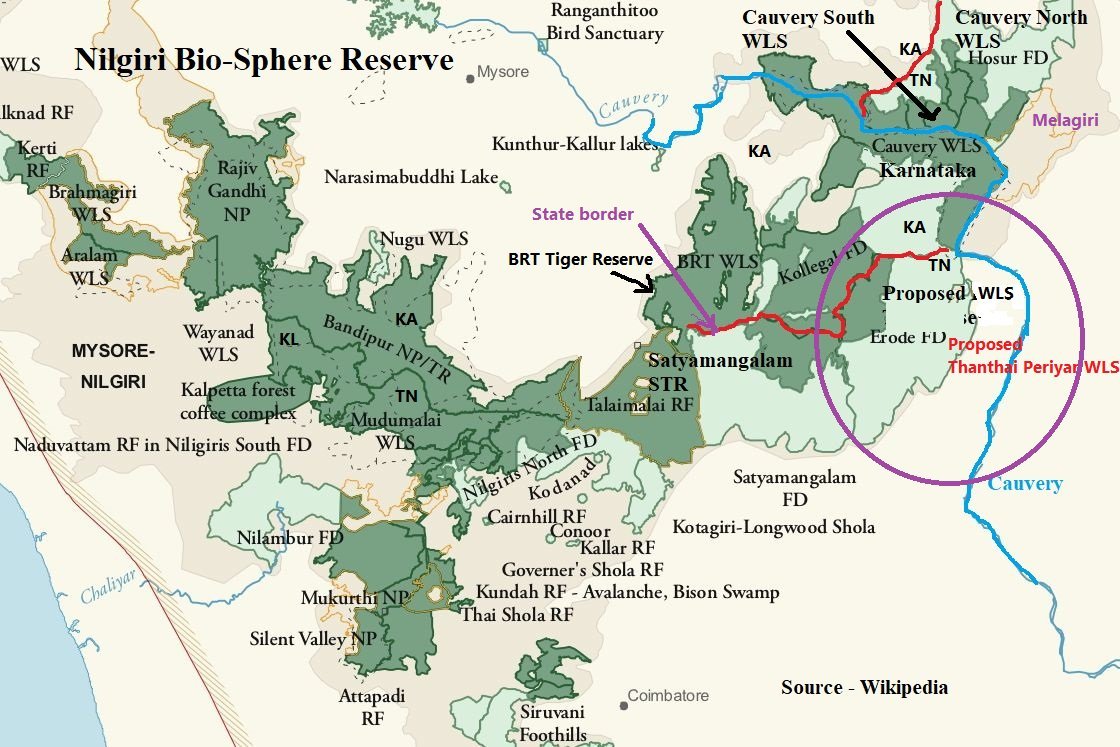
Current Affairs January 21, 2024: Nagara Style of Temple Architecture, Meteorological Satellites, Chabahar Port, Bamboo Composites, Long COVID, Prime Minister’s Awards for Excellence in Public Administration
Subscribers of "Current Affairs" course can Download Daily Current Affairs in PDF/DOC
Subscribe to Never Miss an Important Update! Assured Discounts on New Products!
Must Join PMF IAS Telegram Channel & PMF IAS History Telegram Channel
{GS1 – A&C – Architecture} Nagara Style of Temple Architecture
- Context (IE): The Ram temple in Ayodhya is constructed based on the Nagara style.
Nagara Style of Temple Architecture
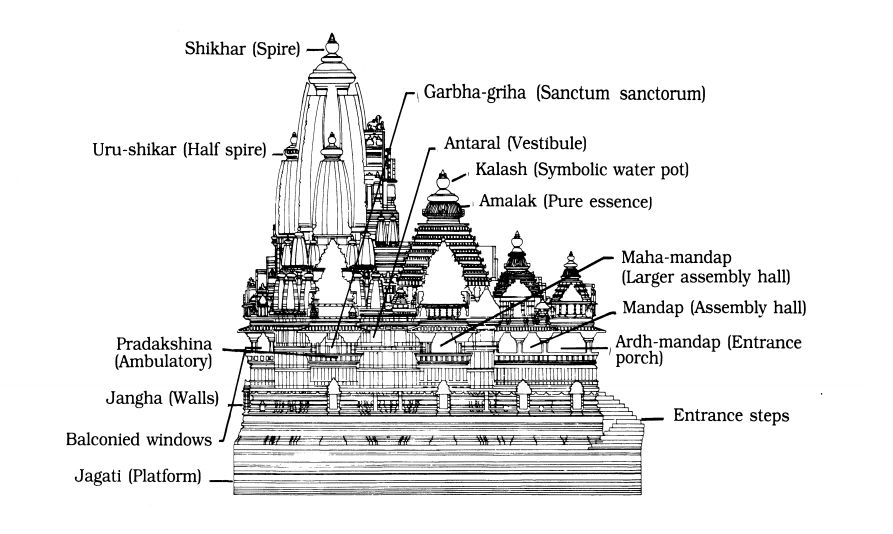
- It began around the 5th century CE in northern India, during the late Gupta period.
- It developed alongside Dravida style, which originated in southern India during the same period.
- Nagara-style temples are often built on a raised stone platform with steps leading up to them.
- Nagara temples typically lack elaborate boundary walls or gateways.
- The main tower always houses the garbhagriha.
- Towering over the garbha griha is the shikhara, the most distinguishable aspect of the Nagara style.
- The term “shikhara” refers to man-made representations of the natural and cosmological order.
- The Amalaka or Kalash on the Shikhara is a distinctive feature.
- Nagara temples have subdivisions based on the shape of the shikhara.
- A Nagara-style temple typically includes a circumambulatory passage around the garbha griha, along with one or more mandapas (halls) on the same axis.
- Elaborate murals and reliefs often decorate its walls.
- Examples: Kandariya Mahadev Temple in Madhya Pradesh, the Sun Temple in Konark, the Sun Temple in Modhera, Gujarat, and the Ossian Temple in Gujarat.
|
Classification of the Nagara Style of Temple Architecture
- Adam Hardy classifies the Nagara style of temple architecture based on the style of Shikhara.
Valabhi
- They have barrel-vaulted roofs and are rectangular in design.
- An example of this style is the Teli Ka Mandir, a 9th-century temple in Gwalior.

Teli ka Mandir
Phamsana
- These Nagara-style temples are shorter and broader structures.
- Multiple slabs rise upwards in a moderate slope on a straight incline like a pyramid, meeting at a single point above the building’s mid-point.
- An example of this style is the Jagmohan of Konark Temple.

Jagmohan temple
Rekha-Prasad or Latina
- It emerged from the previous styles (Valabhi,phamsana).
- These temples feature a basic Shikara, a slightly curved tower with four sides of equal length.
- It remained the most refereed style till the 10th century.
- E.g: Sun Temple at Markhera in Madhya Pradesh (MP) and the Sri Jagannath Temple in Odisha.

Sri Jagannath Temple
Shekhari
- From the tenth century onwards, composite Latinas began to emerge, giving rise to Shekhari and Bhumija styles.
- It has a primary Rekha-Prasad Shikara and one or more rows of lesser steeples (a tower with a pointed top) on both sides of the centre spire.
- Mini Shikaras can also be found at the base and on the corners.
- The Kandariya Mahadev Temple in Khajuraho is a notable example of this style.

Kandariya Mahadev Temple
Bhumija
- It was developed in Malwa under the Paramara dynasty.
- It has miniature spires in horizontal and vertical rows all the way to the top, creating a grid-like effect on each face. The actual shikhara often approaches a pyramidal shape.
- The Udayeshwar Temple in Madhya Pradesh is an example of this architectural style.

The Udayeshwar Temple
Comparison to Dravida style

| Features |
Nagara Style |
Dravida Style |
| Geographic Distribution | Northern India | Southern India |
| Vimana Shape | Curvilinear (Bulbous or Pyramid) | Pyramidal (Step-like) |
| Boundary walls | it does not usually have elaborate boundary walls or gateways. | It is enclosed within a compound wall. The front wall has an entrance gateway, which is known as a gopuram. |
| Towers | Multiple towers | Always a single tower. |
| Entrance Deities | Ganga and Yamuna rivers are depicted in personified form. | The entrance has Dwarapalas. |
| Pedestals | Are higher than the ground | Are at ground level |
| Crowing element | It is referred as Shikara. | It is referred as Kalash and Amalaka. |
| Presence of a water tank | Temple tanks or large water reservoir are generally not enclosed with in the temple complex | It is common to find a large water reservoir, or a temple tank, enclosed within the complex. |
| Examples | Kandariya Mahadeva (Khajuraho), Jagannath Temple (Puri), Dashavatara temple (Deogarh). | Shore temple (Mahabalipuram), Brihadesvara temple (Thanjavur), Meenakshi Temple (Madurai) |
{GS2 – IR – India-Iran} Chabahar Port
- Context (IE): During a visit to Iran, EAM S Jaishankar held discussions about establishing a long-term cooperation framework for the Chabahar port.
Chabahar Port
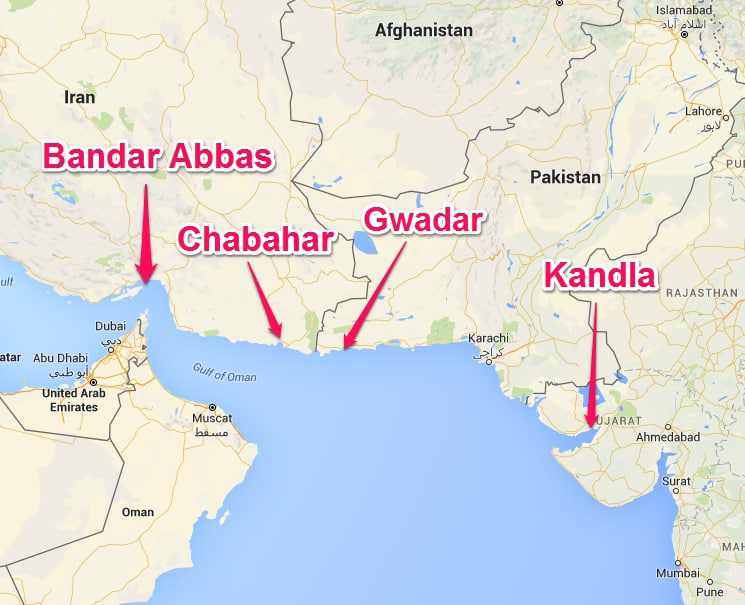
- Chabahar is located at the mouth of the Gulf of Oman.
- It is only about 170 kilometres west of the Pakistani port of Gwadar.
- Chabahar is Iran’s only oceanic port and the first deepwater port that putting Iran on the global oceanic trade route map.
|
- It is situated in Sistan and Baluchistan Province on the Makran coast.
India in Chabahar Port
- There are two main ports in Chabahar – the Shahid Kalantari port and the Shahid Beheshti port.
- The Shahid Kalantari port was developed in the 1980s.
- Iran offered India the project of developing the Shahid Beheshti port.
- The Chabahar Project was signed in 2003, and the port is being developed in four Phases.
- India, Iran, and Afghanistan signed a trilateral agreement in April 2016, leading to the rapid development of work in Chabahar.
- The two countries signed an initial agreement in 2016 for India to develop and operate the port’s Shahid Beheshti terminal for ten years.
- Several factors, including differences in some clauses in the pact, have delayed the finalisation of the long-term agreement.
- E.g. Clause related to jurisdiction for arbitration in case of disputes.
- Several factors, including differences in some clauses in the pact, have delayed the finalisation of the long-term agreement.
- In 2017, the first phase of Shahid Beheshti port was inaugurated.
- One of the critical projects of keen interest to India and Iran was the linking of Chabahar Port to the Zaranj-Delaram Highway in Afghanistan.
- This is a 215 km long highway that was built in Afghanistan with assistance from India.
Significance of Chabahar Port
India-Iran Relations
- It will Boost trade ties, diplomatic ties, and military ties with Iran.
- With the set up of Chabahr Port, Iran became a military ally of India.
Alternative Trade Route
- India’s access to Afghanistan and Central Asia has been dependent on transit through Pakistan.
- Chabahar Port offers an alternative route that bypasses Pakistan, reducing India’s reliance on Pakistan for trade with Afghanistan and beyond.
Economic Benefits
- It offers India a gateway to the resource-rich and economically vibrant region of Central Asia.
- It can enhance India’s trade and investment opportunities, leading to economic growth and job creation in India.
Humanitarian Assistance
- Chabahar Port can serve as a entry point for humanitarian assistance and reconstruction efforts in Afghanistan.
- To provide aid, infrastructure development support, and other assistance to Afghanistan, contributing to regional stability.
Strategic Influence
- By developing and operating Chabahar Port, India can enhance its strategic influence in the Indian Ocean region.
- It provides India with a ability to counterbalance China’s influence in the region, mainly through its Belt and Road Initiative (BRI).
- Chabahar could be used to counter china’s naval presence in Gwadar port.
Marine Sector
- Chabahar is made of the Persian words Chahar, meaning four, and bahar, meaning spring (A place that has spring in all the four seasons of the year).
- Chabahar is essential for its fishery sector.
Energy Security
- The Port allows India to access energy resources in Iran and the broader region.
- It opens up opportunities for India to invest in Iran’s energy sector & secure stable energy supply.
Strengthening Regional Connectivity
- Chabahar-Zahedan railway line: This will connect Chabahar Port to Afghanistan and further into Central Asia.
- This project enhances regional connectivity and promotes economic integration among countries in the region.
- It will give access to Afghanistan’s Garland Highway, setting up road access to four major cities in Afghanistan – Herat, Kandahar, Kabul and Mazar-e-Sharif.
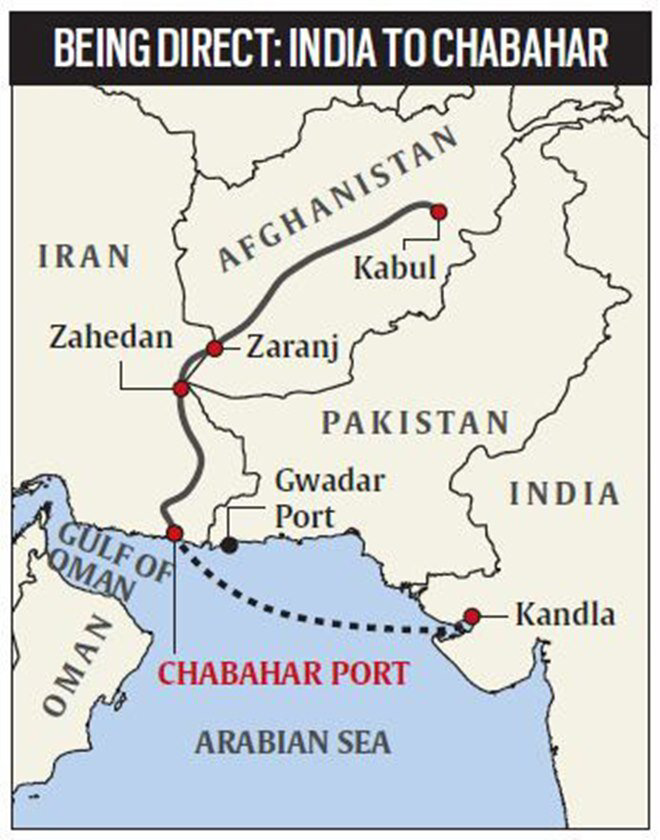
- INSTC: It would give momentum to the International North-South Transport Corridor (INSTC). India and Iran are initial signatories, along with Russia.
- Iran is the critical gateway to this project.
- Transportation Hub: Chabahar aims to become a transportation hub, connecting landlocked Central Asian countries to global markets through a combination of sea, rail, and road routes.
INSTC
|
Enhanced Maritime Trade
- Chabahar Port offers India an alternative maritime route to reach markets in the Persian Gulf, the broader Middle East, and beyond.
- It reduces transit time and shipping costs for Indian goods.
Challenges to realising the complete benefit of the Chabahar Project
- Maximum pressure strategy: The USA’s comprehensive sanctions on Iran have hampered Iran’s ambitions to become a key energy supplier to India.
- The INSTC would require USA’s assistance to accomplish its goal.
- Even if EU agree to lift sanctions, Iran’s access to dollar-dominated markets will be subject to USA’s approval.
- The Chabahar project’s is vulnerable to the region’s current geopolitical climate, including the failure of the JCPOA negotiations.
- Iran-China Relations: Iran’s increasing reliance on Beijing could hurt Indo-Iranian competition and potentially halt connectivity projects.
- India has expressed concerns about the agreement due to the 25-year trade agreement between Iran and Beijing.
Joint Comprehensive Plan of Action (JCPOA)
|
- Delay in the Project: Delay in fulfilling the obligations of developing the Chabahar Port and the Chabahar-Zahedan railway route on India’s part.
- On India’s failure to complete the 624 km railway line on time, Iran may seek more investment from China.
- India sees the Sino-Iranian agreement as a step towards India’s withdrawal from Chabahar Port.
{GS2 – IR – Iran-Pakistan} Iran-Pakistan Strikes: India’s stakes
- Context (IE): Pakistan-Iran air strikes have highlighted the interconnected insecurities of the subcontinent and the Gulf.
Stakes of India
Foreign Policy Implications
- Dynamic elements: Terrorism, close ties with Israel, and deeper engagement with Saudi Arabia and the United Arab Emirates are dynamic elements in Indian foreign policy.
- Geopolitical impacts of Baluchistan’s strategic location cannot be ignored.
- China’s presence in Gwadar complicates the situation for both India and the US.
- Developmental projects in Iran and Afghanistan, including the Chabahar port, can be affected.
Security Implications
- Organised crime: The ungoverned and under-governed spaces in the Baloch lands provide fertile ground for organised crime, posing a challenge to internal security.
- Role of Taliban: In search of new friends in the region, the adventures of the Taliban may escalate.
- Maritime security of India is being challenged by the attacks on its shipping in the Arabian Sea.
- Jammu and Kashmir: Pakistan may escalate militancy in J&K to divert domestic attention.
Economic interests
- An unstable Middle East with crucial shipping routes and resources impacts India’s economic interests.
- Energy needs of India rely heavily on the oil-rich Gulf region, which is the centre of the conflict.
{GS3 – Envi – Conservation} Bamboo Composites
- Context (PIB): The India International Science Festival (IISF 2023) is being organised from 17-20 January 2024 in Faridabad, Haryana.
- As part of the festival, the Know-How Technology on “Bamboo Composites” was transferred to a renowned materials manufacturing company.
- The technology of manufacturing bamboo composites was developed by CSIR-Advanced Materials and Processes Research Institute (AMPRI).
- Panelboards, beams, pillars, partitions, doors, window frames, roofs, floorings, etc., can be developed using the bamboo composite.
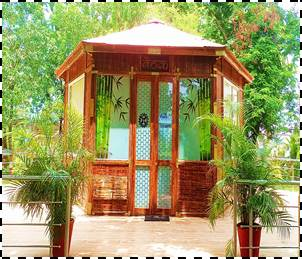
Demonstration structure created from bamboo composite.
Making of Bamboo Composite

Significance of using Bamboo Composite
- Rapid Growth of Bamboo: Bamboo, declared as grass, proliferates with minimal regulations.
- Environmental Benefits: It absorbs CO2 and releases significant oxygen, contributing to global warming mitigation.
- Excellent replacement for Teak wood: Bamboo composite exhibits properties like teak wood, but Bamboo matures in 3-4 years, unlike Teak (30-40 Years), offering better durability, strength, and fire resistance.
- Versatility in Applications: The developed bamboo composite can find applications beyond wood, especially in sectors like Aerospace.
- Economic and Employment Impact: Bamboo’s fast harvest cycle and cultivation can boost rural employment and attract enterprises and startups.
{GS3 – Envi – Pollution} Delhi’s Air Pollution
- Context (IE): Delhi’s Air Quality Index (AQI) has become severe.
- Consequently, restrictions were made by the Commission for Air Quality Management (CAQM) under phase III of the Graded Response Action Plan (GRAP).
Reasons for Delhi’s Air Pollution
- Low wind speed and high moisture levels aid the accumulation of pollutants.
- Large-scale open burning of local pollution sources.
- Vehicular emission: According to reports (2021), the number of registered vehicles in Delhi totalling 1.50 crores.
- Persistent practice of stubble burning in neighbouring states like Punjab, Haryana, & Chandigarh.
- Investing less in public infrastructure leads to congested roads and air pollution.
- Large-scale construction in Delhi-NCR.
- Industrial pollution and garbage dumps are also increasing.
Commission for Air Quality Management (CAQM)
|
{GS3 – IE – Growth} Dip in Real GDP
- Context (TH): According to reports, the real GDP growth in the third quarter (Q3) may have dipped to less than 6% from the 7.6% recorded in the second quarter(Q2) of 2023-24.
- The National Statistical Office, in its first advance estimates of national income for the year 2023, anticipates a GDP growth of 7.3%.
- Recently, the RBI’s MPC scaled up its GDP growth forecast to 7% from 6.5%.
- However, a dip in Q3 growth could impact the above-projected GDP growth.
Reasons
- Minimal or no growth in Agriculture Gross Value Added (GVA). This is due to a significant decline in the Kharif crop output and slow progress in rabi sowing for certain crops.
- Slowdown in momentum post the festive period, coupled with reduced demand for petrol and electricity as winter sets in North India.
- However, few indicators remain positive, such as two-wheeler sales and port cargo traffic.
Real Gross Domestic Product (Real GDP)
GDP calculation
|
{GS3 – S&T – Space} Meteorological Satellites
- Context (TH): India’s weather monitoring and warning services have been strengthened by satellites such as Kalpana-1, INSAT-3A, INSAT-3D, and INSAT-3DR.
Satellites for Monitoring Weather in India
Indian National Satellite System (INSAT)
- The INSAT is a group of multipurpose geostationary satellites.
- It is designed to provide various services, including telecommunications, broadcasting, meteorology, and search and rescue operations.
- INSAT-I was launched in 1982, followed by INSAT-II in 1983 and INSAT-III in 1988.
- At present, there are two operational meteorological satellites; INSAT-3D & INSAT-3DR.
- India gets weather updates every 15 minutes through INSAT-3D & 3DR weather satellites.

INSAT-3D
- Launched in July 2013, owned and operated by ISRO.
- INSAT-3D carries two instruments, INSAT-3D imager and INSAT sounder.
- The INSAT-3D imager aims to provide accurate and higher-resolution meteorological observations.
- The INSAT sounder is a radiometer. It was developed by ISRO specifically for the geostationary INSAT series.
- It aims to measure temperature and humidity profiles for analysis of cloud cover and meteorological predictions.
- The mission and its applications involve technical and scientific cooperation between India and the USA.
- INSAT-3DR
- Launched in September 2016, it is the successor to INSAT-3D.
- INSAT-3DR carries two instruments: the INSAT-3DR imager and the INSAT-3DR sounder.
- The INSAT-3DR imager is a multispectral optical radiometer capable of image generation in six bands.
- Visible (VIS), Short Wave Infrared (SWIR), Mid Wave Infrared (MWIR), Water Vapour (WV), Thermal Infrared-1, -2 (TIR- 1/2).
- It aims to provide information on various parameters, namely outgoing longwave radiation, SST (Sea Surface Temperature), snow cover and cloud motion.
OCEANSAT (1,2,3)
- It is a series of Indian Earth observation satellites designed to monitor ocean-related parameters.
- It is part of the Indian Remote Sensing (IRS) satellite program.
- These observations contribute to studies related to marine biology, fisheries, and climate research.
Saral
- The Satellite with ARGOS and ALTIKA (SARAL) is a joint Indo-French satellite mission for oceanographic studies.
- ALTIKA: Ka-band Altimeter
- ARGOS: Data Collection System
- SARAL performs altimetric measurements designed to study ocean circulation and sea surface elevation.
- It is part of the Indian Remote Sensing (IRS) satellite program.
Megha Tropiques
- It is an Indo-French Earth Observation Satellite which was launched in October 2011 to carry out tropical weather and climate studies.
- The main objective of this mission is to understand the life cycle of convective systems that influence tropical weather and climate.
- It is part of the Indian Remote Sensing (IRS) satellite program.
Kalpana-1
- Kalpana-1 is the first dedicated meteorological satellite launched by the ISRO using a Polar Satellite Launch Vehicle.
- The satellite initially known as MetSat-1, was renamed to Kalpana-1 in memory of Kalpana Chawla.
- MetSat-1 is a precursor to the future INSAT system that will have separate satellites for meteorology and telecommunication.
- it has been decommissioned since 2017.
|
{Prelims – Awards} Prime Minister’s Awards for Excellence in Public Administration
- Context (PIB): The PM’s Awards for Excellence in Public Administration, 2023, have been restructured to recognize the performance of District Collectors in various government schemes.
- It aims to acknowledge, recognize, and reward outstanding and innovative work done by Districts/Organizations of the Central and State Governments.
- The scheme was initiated in 2006.
- Awards for 2023 cover schemes such as Har Ghar Jal Yojana, Pradhan Mantri Awas Yojana, Mission Indradhanush, PM SVANidhi, etc.
- The award includes a trophy, scroll, and a Rs. 20 lakh incentive for awarded Districts/Organizations.
{Prelims – Sci – Bio – Diseases} Long COVID
- Context (TH): Researchers at the Amsterdam University Medical Center have identified a crucial mechanism for fatigue in individuals with Long COVID.
- Long COVID refers to a condition where individuals who have recovered from COVID-19 continue to experience persistent symptoms and health issues. it often lasts beyond three months.
- Common issues are tiredness, difficulty breathing, and brain fog.
- The cause of tiredness was identified as muscle cells not receiving sufficient energy from mitochondria.

{Prelims – Sci – Bio – Diseases} Scrub Typhus
- Context (DTE): Research on vector-borne disease scrub typhus revealed that metrological factors like temperature, rainfall, and Humidity are causing the disease to increase.
- Scrub Typhus is caused by Bacteria Orientia tsutsugamushi, transmitted through infected mites.
- Prevalence Factors: Vector abundance, climatic factors, and exposures like farming & outdoor activities.
- Symptoms: Fever, headache, body ache, rash, and, in severe cases, respiratory distress, brain and lung inflammation, kidney failure, and multi-organ failure.
- The disease is more prevalent in people older than 60 years.
- It is not transmitted from human to human.
- Prevention: There is no vaccine for Tsutsugamushi scrub. Insect repellent, maintaining adequate personal hygiene, avoiding travel to affected area, and necessary measures can help in prevention.
{Prelims – TIN} Voluntary freezing of trading accounts
- Context (IE): SEBI has asked stock exchanges to implement guidelines for voluntarily freezing trading accounts by July 2024.
- Investors will be allowed to freeze or block their trading accounts in case of suspicious activity.
- The Brokers’ Industry Standards Forum (ISF) will formulate the guidelines under the aegis of stock exchanges and in consultation with SEBI.
Trading account
- A trading account is an investment account that helps retail investors to buy or sell securities.
- A trading account is opened with a stock broking firm, with access to a trading platform.
- It allows the execution of trades on behalf of the account holder.
- It works as a link between the Demat account and the bank account.
- While a demat is a storage account, a trading account is the transaction medium.





![PMF IAS Environment for UPSC 2022-23 [paperback] PMF IAS [Nov 30, 2021]…](https://pmfias.b-cdn.net/wp-content/uploads/2024/04/pmfiasenvironmentforupsc2022-23paperbackpmfiasnov302021.jpg)







